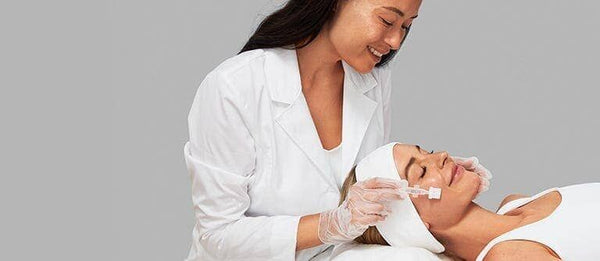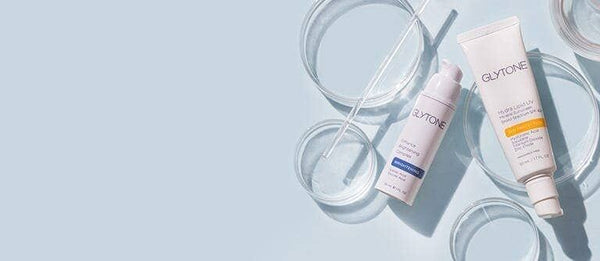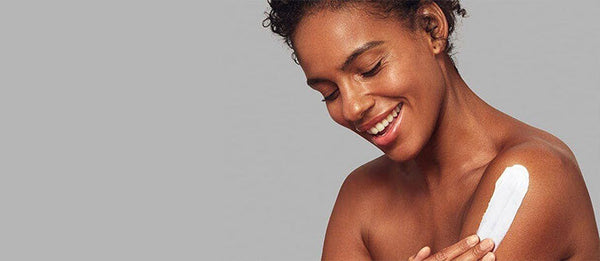Since acne is the most common skin condition in the United States, with up to 50 million Americans affected annually – if you suffer from this ailment – you’re in good company. The month of June marks Acne Awareness Month to spread awareness, reduce stigma and share solutions.
As a licensed esthetician, and skin care educator, I can assure you – skin care professionals share your frustration managing this often debilitating skin condition. We share a common goal – physical and emotional relief in every case. Despite the innovations in medical treatments, ingredient science and aesthetic modalities, clearer skin can be challenging to achieve.
Beyond traditional therapies to modify hormones, adjust dietary habits, regulate sebum production, kill bacteria, reduce inflammation, and exfoliate the surface of the skin – here are some small edits to consider that could lead to big changes in your acne journey.











